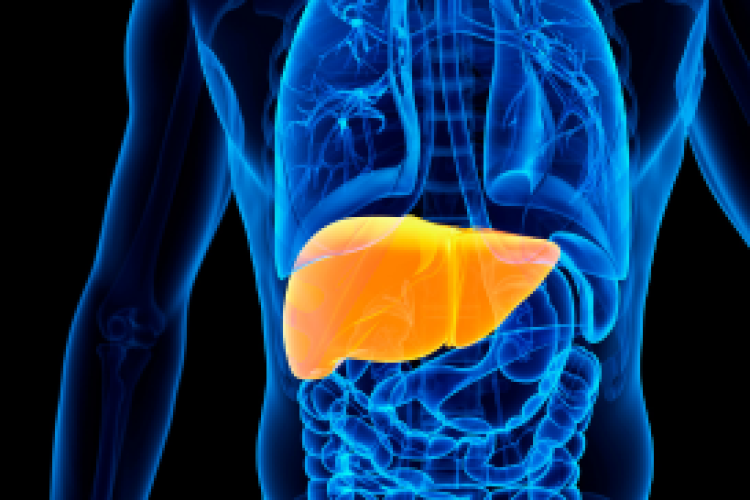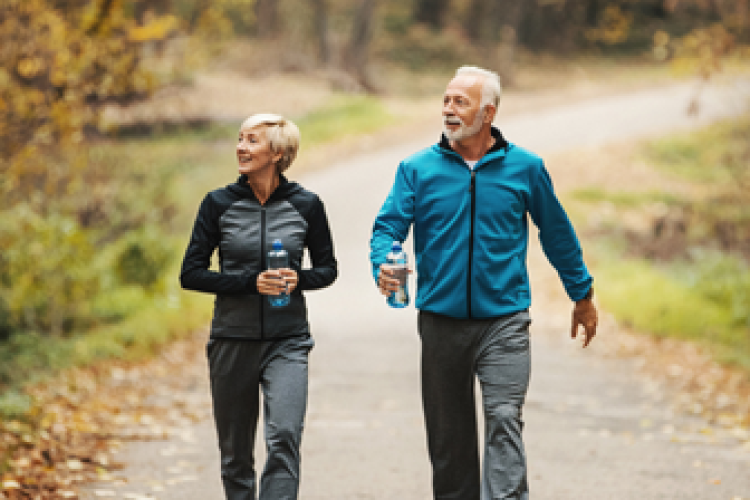Each year in the United States, an estimated 173,000 people die from unintentional injuries, including 39,000 falls and 38,000 motor vehicle crashes. Millions more are injured and survive. “A little bit of thought before doing an activity can save someone from having an accident, and potentially could save a life,” said Aleksandr Rakhlin, MD, FACS, of Highland Medical, P.C., Highland Surgical Associates and Trauma Medical Director at Montefiore Nyack Hospital.
During Trauma Awareness Month in May, Dr. Rakhlin urges everyone to take simple but important steps to prevent accidents and improve their safety at home and while enjoying themselves outdoors.
The most important choice you can make before getting behind the wheel of your car is to not even have one drink, Dr. Rakhlin said. “Even if you don’t think you’re at all impaired, don’t do it,” he said. “Even one drink affects a person’s perception and reaction time.”
Other key areas to accident-proof yourself and your family are fall prevention, bike and motorcycle safety, and ATV safety.
Make Your Home Fall-Proof
You can make choices in your home to prevent falls. These include:
- Install stair railings. Railings on either side of the stairs can be especially helpful.
- Put grab bars in the bathroom. These should be by the toilet and in the shower or tub. Also consider a shower seat.
- Get rid of throw rugs. These are tripping hazards. Make sure carpets are flat, so you can’t trip over them.
- Add lighting to rooms, put in brighter bulbs and install nightlights in the bedroom and bathroom. Have a lamp near your bed for when you get up in the middle of the night.
- Declutter. Items on the floor such as boxes, newspapers and electrical cords can easily be tripped on.
- Evaluate how sturdy your furniture is. If you’re unsteady you may grab onto furniture while you walk—is it steady enough to hold you up?
Bike and Motorcycle Safety
But both cyclists and motorcycle riders can face serious safety hazards. The best choice you can make to reduce your risk of injury is to wear a helmet, Dr. Rakhlin said. According to the National Highway Traffic Safety Administration (NHTSA), cyclists who wear a helmet reduce their risk of head injury by about 60%, and brain injury by 58%. The first body part to fly forward in a collision is usually the head. If there is nothing but skin and bone to protect the brain, the result can be deadly.
To stay safe, both cyclists and motorcycle riders must obey traffic rules, he said. Ride single file in the direction of traffic, and always be aware of your surroundings. “Try to avoid riding in the dark, but if you do, wear reflective clothing,” Dr. Rakhlin added.
ATV Safety Tips
With the weather getting warmer, more people will be using all-terrain vehicles (ATVs). If you are going to ride an ATV, here are some safety tips
- Get hands-on training from a qualified instructor, e.g., in an ATV Safety Institute (ASI) course.
- Always wear a helmet and other protective gear, such as eye protection, boots, gloves, long pants and a long-sleeved shirt.
- Never ride with more passengers than there are seats. Most ATVs are designed for one rider.
- Riders younger than 16 should only drive age-appropriate youth model ATVs, and never adult ATVs.
- Off-road vehicles are designed to be driven only on off-road terrain, not paved surfaces.
- Never ride on public roads except to cross where permitted by law.
- Avoid drinking alcohol before or while driving an ATV, because alcohol can impair judgment and response time.
“The impact of injury can have long-reaching damaging effects,” Dr. Rakhlin said. “Choosing to follow these safety tips can prevent life-changing injuries.”



 Upcoming Events
Upcoming Events



